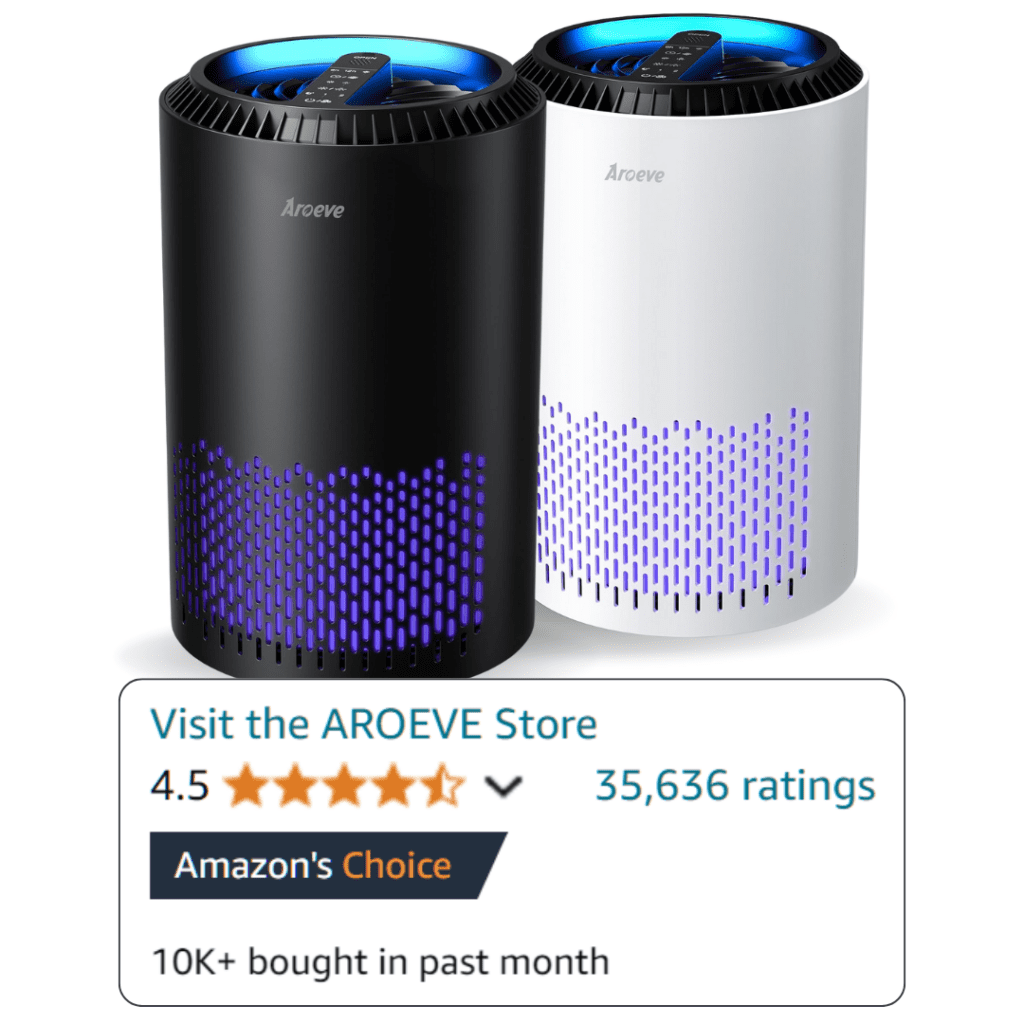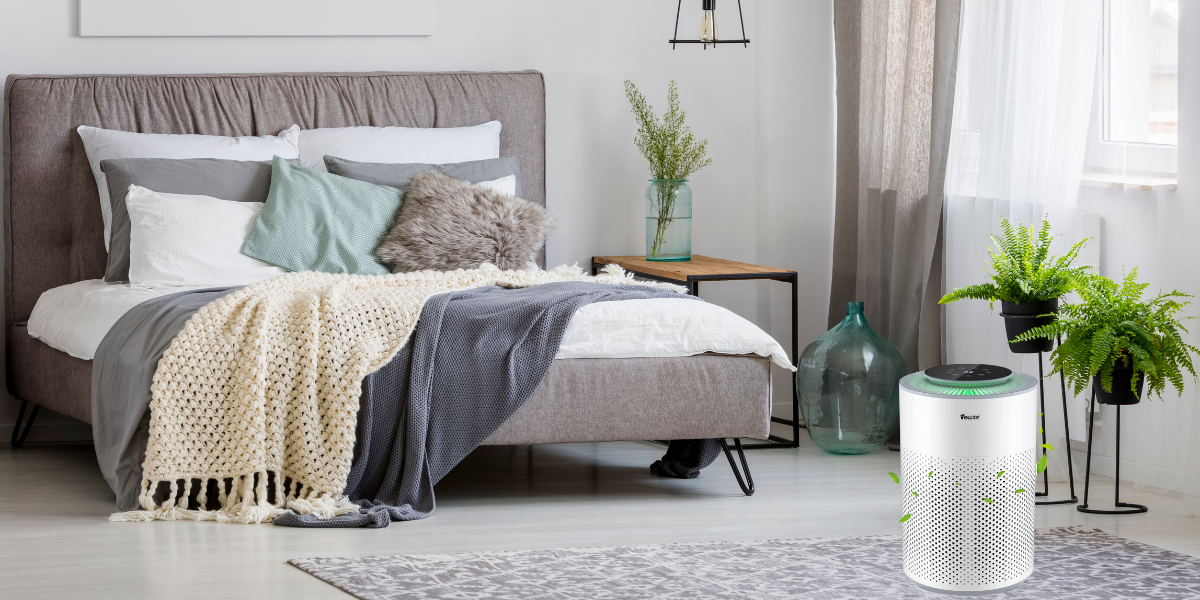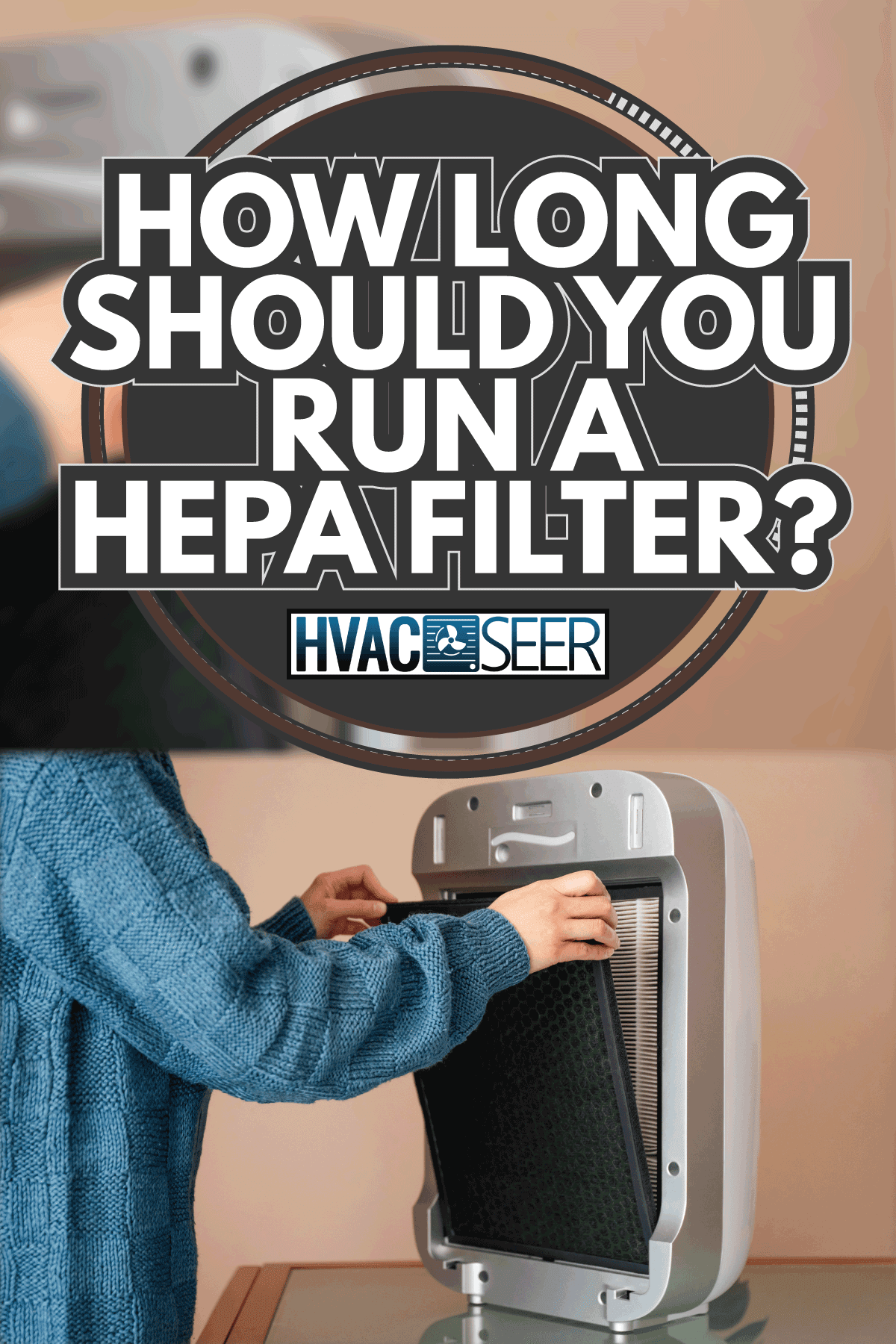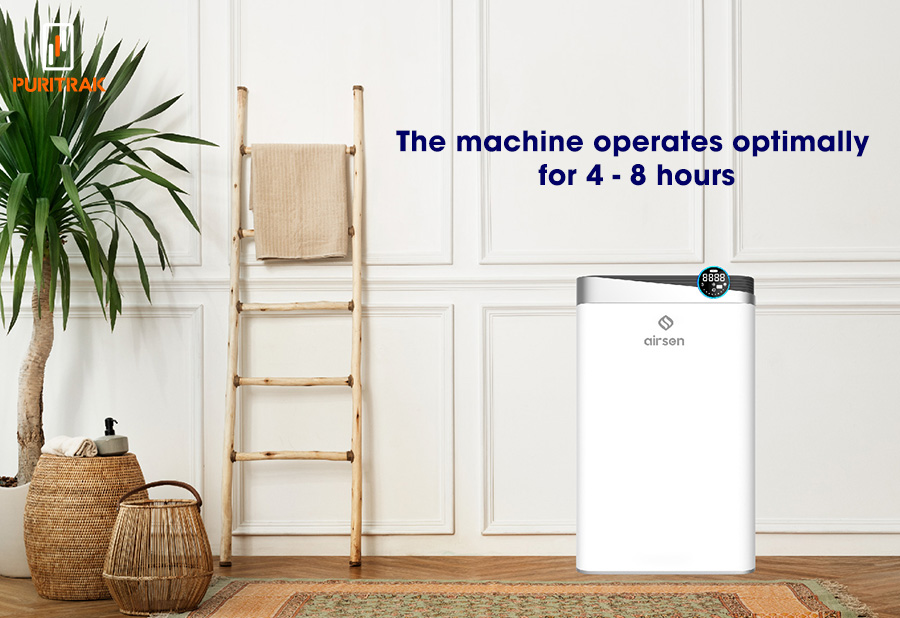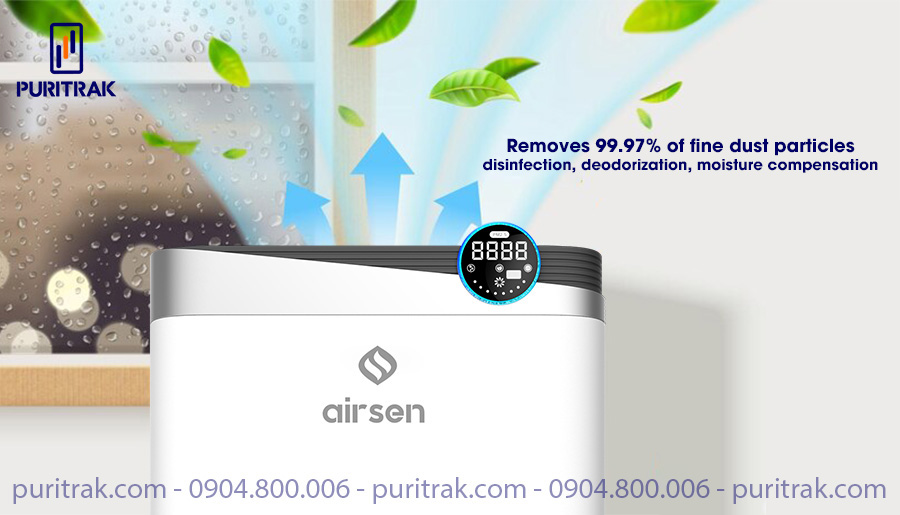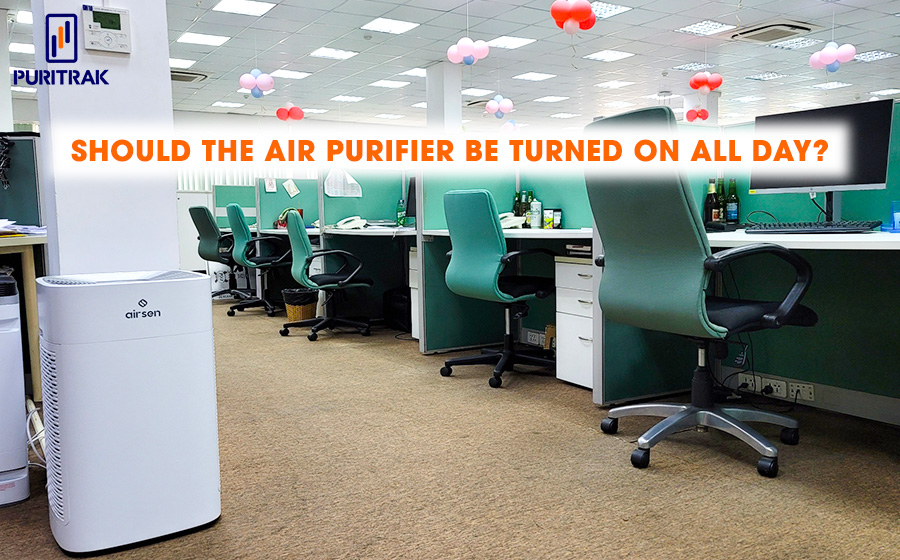Should I Run My Air Purifier All The Time
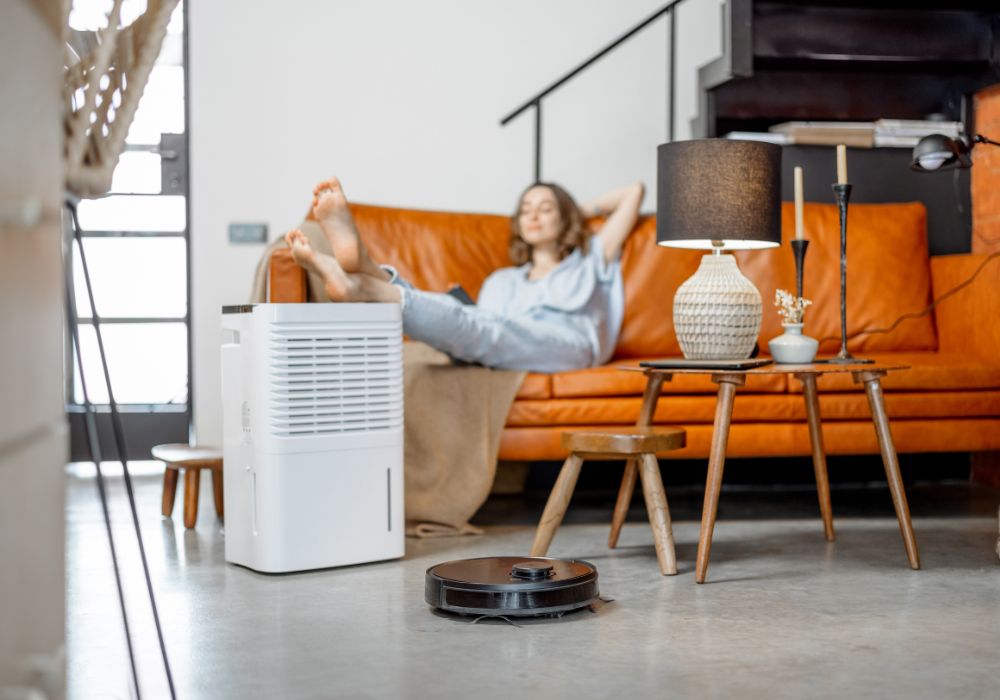
Air purifiers are surging in popularity, but a critical question lingers: should you run them 24/7? Experts weigh in on the benefits and drawbacks of continuous operation, impacting your health and your wallet.
This article cuts through the noise, providing data-backed advice to help you determine the optimal usage for your air purifier, maximizing its effectiveness while minimizing energy consumption and potential health concerns.
The Case for Continuous Air Purification
Running your air purifier constantly ensures a consistently cleaner environment. This is particularly beneficial for individuals with allergies, asthma, or other respiratory sensitivities.
According to a study published in the Journal of Allergy and Clinical Immunology, continuous use of HEPA filters significantly reduces airborne allergens, leading to improved respiratory health outcomes.
Data from the EPA (Environmental Protection Agency) indicates that indoor air can be five times more polluted than outdoor air. Continuous purification mitigates this risk.
The Drawbacks of 24/7 Operation
The primary concern is energy consumption. Running an air purifier constantly increases your electricity bill.
Some air purifiers, particularly those with ionizers or ozone generators, can produce harmful byproducts if run continuously in poorly ventilated spaces.
Certain models, especially those with activated carbon filters, require frequent filter replacements when run constantly, adding to the overall cost.
Energy Consumption and Cost
The energy consumption of an air purifier varies significantly depending on its size, type, and settings. Smaller units may consume as little as 20 watts, while larger units can consume over 100 watts.
According to Energy Star, a typical air purifier running 24/7 can add $30 to $100 to your annual electricity bill, depending on your local electricity rates.
Consider using an air purifier with an Energy Star rating for optimal energy efficiency.
Filter Types and Maintenance
HEPA (High-Efficiency Particulate Air) filters are the most effective at removing airborne particles like dust, pollen, and pet dander.
Activated carbon filters are designed to remove odors, gases, and volatile organic compounds (VOCs). The California Air Resources Board (CARB) provides certifications for air purifiers that meet specific ozone emission limits.
Regular filter replacement is crucial for maintaining the effectiveness of your air purifier. Consult your manufacturer's instructions for recommended replacement intervals.
The Ozone Question
Some air purifiers produce ozone, either intentionally or as a byproduct. Ozone is a lung irritant and can exacerbate respiratory problems.
The EPA recommends against using air purifiers that intentionally produce ozone. Choose models that are CARB-certified to ensure they meet strict ozone emission standards.
If you experience any respiratory irritation after using an air purifier, discontinue use and consult a healthcare professional.
Who Benefits Most from Continuous Use?
Individuals with severe allergies or asthma will likely benefit most from running their air purifier constantly. This helps maintain a consistently low level of allergens and irritants in the air.
Homes with pets also benefit from continuous air purification to reduce pet dander and odors.
During peak pollen seasons or periods of high air pollution, running your air purifier 24/7 can provide significant relief.
How to Optimize Air Purifier Usage
Consider running your air purifier on a lower setting when air quality is good to conserve energy.
Use a smart plug or timer to schedule your air purifier to run during specific hours, such as when you are sleeping or when outdoor air pollution is high.
Regularly clean your air purifier to maintain its efficiency and prevent the buildup of dust and debris.
Where to Place Your Air Purifier
Place your air purifier in the room where you spend the most time, such as your bedroom or living room.
Ensure that the air purifier has adequate clearance around it to allow for proper airflow.
Avoid placing your air purifier near sources of dust or pollutants, such as open windows or fireplaces.
Next Steps and Ongoing Developments
Monitor your energy consumption and air quality to determine the optimal usage pattern for your air purifier.
Stay informed about the latest research and recommendations from organizations like the EPA and the American Lung Association regarding air purification.
Consult with a healthcare professional if you have any concerns about the impact of air purifiers on your health.





